Presented during Munich Creative Business Week 2025, but not part of the official Munich Creative Business Week, MCBW, 2025 programme, which is cheeky; not that guerilla cheeky Nils Holger Moormann, man and company, are known, rightly celebrated, for, rather just plain cheeky, approaching rudeness cheeky.
A cheekiness that we felt duty bound to mention, not least because it's not something one should do without having very, very good reason; but a cheekiness, for all we disapprove, that didn't stop us viewing Gaga Dada 2: Objekte zwischen Kunst und Design. Far less stop us from posting about it during MCBW 2025 rather than the after it arguably deserved.
And that not only because Nils Holger Moormann, man and company, are amongst those from whom we've learned the most over the years, to whom we will always be grateful and whose developments we keenly follow, thus our querying of, disappointment at, the plain cheeky not guerilla cheeky of Gaga Dada 2's timing, nor only because Nils Holger Moormann, man and company, are very much associated with the early development of smow, without whom smow would be a very different beast today, but primarily on account of the subtitle, on account of the promise contained within the subtitle: Objekte zwischen Kunst und Design, Objects between Art and Design.......
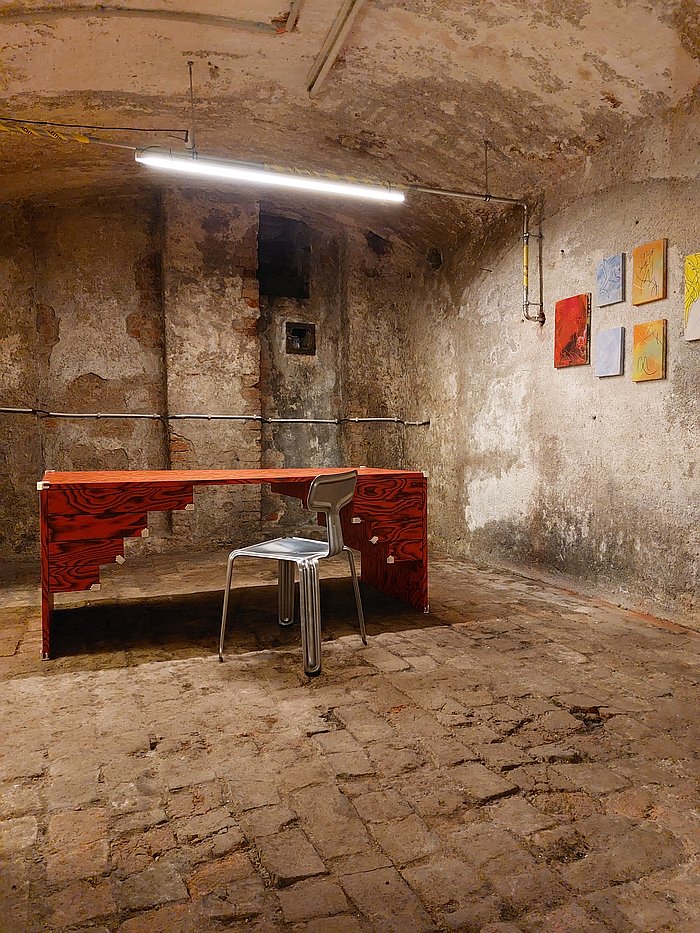
A subtitle that echoes very much the "grandi spazi liberi" between creative genres, beyond the confines of the rules of conventions, Alchimia claimed to exist in, to explore through their creative practice, and as discussed by and from Alchimia. The Revolution of Italian Design at the Bröhan Museum, Berlin.
A "grandi spazi liberi" between Art and Design approached in Gaga Dada 2 via a collection of projects curated by Vienna based Galerie Zippenfenig including, and amongst many others... we're admittedly not entirely 100% sure. For reasons best known to Galerie Zippenfenig and Nils Holger Moormann the projects presented in Gaga Dada 2 are unlabelled, nor is/was there a listing of them, and not all are featured on the Galerie Zippenfenig website, only those available to purchase are. And while the lack of labels doesn’t in any sense detract from the viewing of the presentation, rather tends to focus one's attention on the works, it is a major problem in discussing it, in mediating an impression of that observed. And so apologies to anyone whose work we either don't name or incorrectly identify. In our defence we've tried our best, but others put unnecessary obstacles in our path.
...a "grandi spazi liberi" between Art and Design approached in Gaga Dada 2 by projects including, and amongst many others the Remnants Of The Game vases by Isabelle Orsini Rosenberg, ceramic footballs which on account of being burst mean that while they are no longer useful for football they are excellent as vases, works that stand very much in discourse with the Sports at Home vases by Severija Inčirauskaitė-Kriaunevičienė as featured in the 9th Tallinn Applied Art Triennial, but which on account of being ceramic depictions, images, of balls rather than the actual balls of Inčirauskaitė-Kriaunevičienė's work, bequeaths them a degree of separation from balls that allows them to communicate with a voice is not laden with the (hi)story of the material; or an object we're currently unable to place, but which presents itself as a two-tier circular wooden structure, a form resembling a structure around which another object is formed, such as for example a hat, albeit a very large hat, and which is covered in red velvety material bequeathing it the impression of some ecclesiastical object where one would kneel and pray. Albeit on account of its circular form, pray to other prayers, to the converted. Which is possibly a critique; but a work which also very much speaks of being an object for public spaces, as a communal perch to sit and linger and converse, much as with Kantbank by Andreas Grindler, that so instructive component of the kkaarrlls collection. Or, and returning to the velvety upholstery, a location to kneel and to worship at the mobile alter of your tablet resting on the upper level.
Or Satellite Wafers by studio högl borowski a.k.a. Stefanie Högl and Matthias Borowski, a studio who featured previously in these dispatches with their project 1 M² in context of Vienna Design Week 2023, and an object, a multitude of rice-paper flying saucer sweets arranged with an excruciatingly painful precision to a unified composition, whose beauty and grace arises from the amount of work, dedication, sacrifice and commitment it takes to achieve such a stupidly simple result. Which, yes, we do see very much as a metaphor. And an object that is also a reminder of that delight we all take in not only order, but in the simplicity of life and the colour of the world. And thus questions why we continually seek to make everything so divisive, complicated and monotone.
Oh yeah... work, dedication, sacrifice and commitment. That'll be the reason.
And social media.
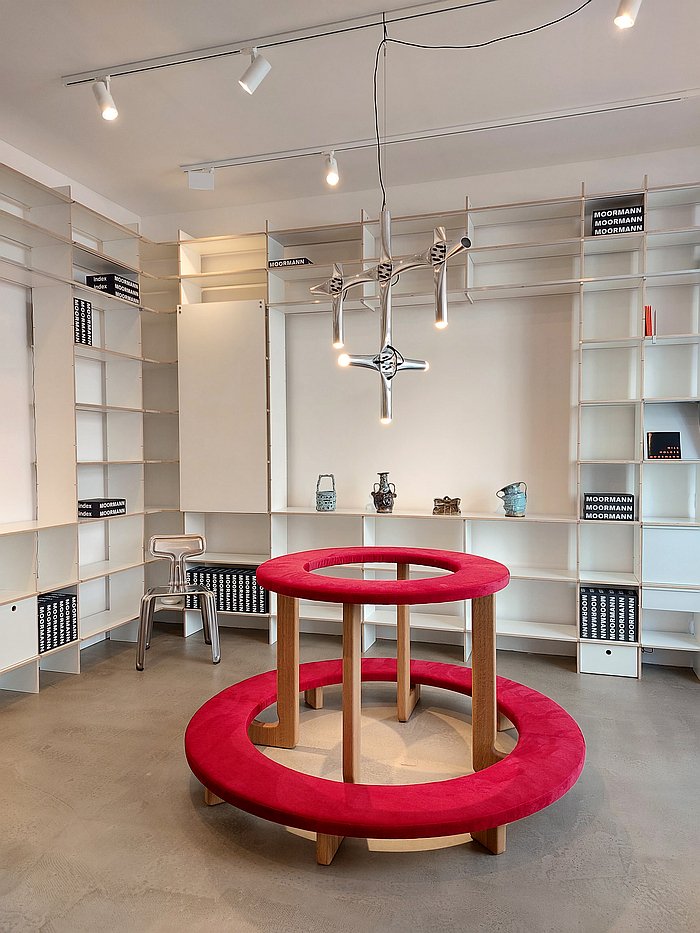
A collection of projects that are occasionally the result of interactions with works from the Nils Holger Moormann portfolio, most notably two examples of the Pressed Chair by Harry Thaler, one on rockers, the other on wheels, that exist as an extension of the object to a family, albeit with absolutely no care nor attention having been paid to ensuring the functional extension is in keeping with the original object, it's simply added on because the author felt it was necessary, another wonderful theme to work with and see where it takes you, and also a thoroughly incongruous contraption that is very clearly an Easy Reader by Nils Holger Moormann reconfigured as a musical instrument. Which can make sense as a continuation of the Easy Reader's journey. But needn't.
And that occasionally are simply works from the Nils Holger Moormann portfolio, including Bookinist by Nils Holger Moormann, Strammer Max by Max Frommeld or Hut Ab by Konstantin Grcic; an occasional presence of objects from the Moormann portfolio that through the dialogue initiated with the other pieces, and the appreciation of the similarly open approach to design that unites them, the equitable space from which the pieces brought to Munich from Vienna by Galerie Zippenfenig and those brought to Munich from Aschau im Chiemgau by Nils Holger Moormann arose, allows a fresh perspective on the furniture of the Nils Holger Moormann portfolio, not all of it, obviously, but certainly a great deal of it.
Thus a collection of varying, inter-communicating objects that not only enables one to arrive at differentiated appreciations of the place, relevance and importance of Nils Holger Moormann, man and company, in the (hi)story of furniture design in Europe, but for all a collection that allows one access to differentiated reflections on that "grandi spazi liberi" between Art and Design.
And that allows one to reflect on the question that the subtitle automatically poses, and that you as the viewer are left to approach yourself: can an object exist between art and design?
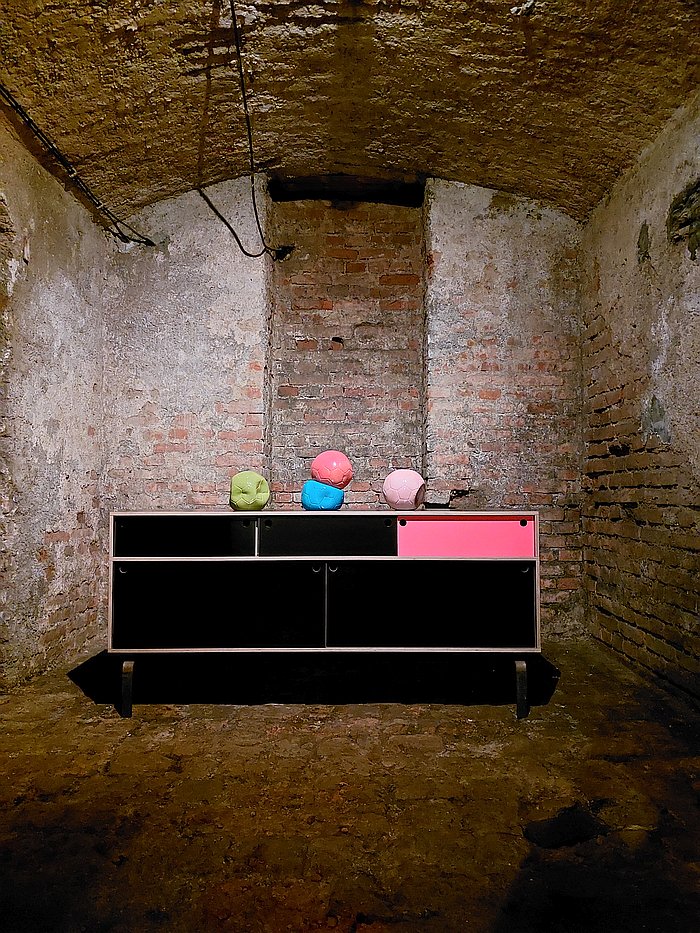
Arguably not.
Or certainly we'd argue, any object must exist on either side of that divide, must exist as art or design, ne'er the twain shall meet and that.
However, as opined in context of The Magic of Form - Design and Art at Kunsten Museum of Modern Art, Aalborg, while art and design are two very separate entities, and that over the centuries since design emancipated itself from art and became an autonomous practice an important component of the discourse between the two has been on maintaining the border between art and design, despite that there has always been an open and honest exchange between art and design, each informing the other and learning from the other. Something, arguably, very neatly reinforced by the practice of Timon and Melchior Grau where, for example, and amongst others one could name, a project such as Bonfire is art, but in its incarnation, development, as Campfire, is design.
An adding of the Gebrüder Grau to the discussion alongside the aforementioned Alchimia that tends to a position that while a published object can't exist in the "grandi spazi liberi" between art and design, it can have its genesis in that space, can develop and find its voice within that space. Arguably should, must, have its genesis in that space if it is to be meaningful and responsive. A state of affairs very much inherent in a Karl Clauss Dietel's position that 1920s Functionalism arose in context of, and developed in relationship with, art; a position that can also be physically approached in Dietel's post 1939-45 War oeuvre through, for example, a comparison of the automous but not independent plastic forms of the compositions of Hans Arp with the "offenes Prinzip", 'open principle' on which the design of Dietel, and Lutz Rudolph's, Simson mokick is based.
Dietel talks of a 'dialectic between rationalism and emotion'1, language which finds an echo in a Louis H. Sullivan's much earlier talk of the necessary interplay between the objective and the subjective2 in architecture, and to which we'll add design, and also in an Alchima's talk of ""normali" e "anormali""3. While in a similar vein, or more accurately a vein we need for our argumentation, but which does fit very nicely in this discussion, a Max Borka once opined in these dispatches that "design stands on two feet, one commercial and one cultural". And it needs both, can't balance on one. Just as design needs rationalism and emotion, the objective and the subjective, ""normali" e "anormali".
Positions, voices, that surround you as stand in Gaga Dada 2 amongst a collection of works representing conceptual one-off, gallery pieces, speculative propositions for alternative mass market objects and long-standing, successful, serial productions, works that may be art or may be design, and that thereby reminds very much of that moment in the late 1980s when a young Nils Holger Moormann sought to take the energy, elan, vitality, questioning of Neues deutsches Design to a wider public, a task he was not only successful in but which inspired others to explore the "grandi spazi liberi" of the day.
Thus positions, voices, (hi)stories that not only allow one to reflect on how objects of daily use arise and on how design develops as a discipline, but also on the contemporary design industry, for all the contemporary furniture design industry ¿On how many feet is it standing? ¿Which? ¿Why? ¿Where is it taking us? ¿What can we do about it? ¿Would it be helpful if Salone München participated in the official MCBW programme rather than cuckooing its way in?
Gaga Dada 2 is a fascinating space in which to reflect not only on such questions, but also on the similarities of the environments of the late 1960s and late 1980s in context of our own contemporary environment. And also a fascinating space to reflect on the necessity of thinking out with the box, of refusing to be confined by conventions or a perceived popular direction, to reflect on the necessity of questioning and of finding your voice in a global discourse.
A literally fascinating space in context of that exhibition space in the cellar underneath the Nils Holger Moormann Salone München flagship store; a space which not only echoes the stables that exist as an exhibition space at the Nils Holger Moormann Global HQ in Aschau im Chiemgau, but that also took us back to a long misspent youth in the cellars of abandoned houses: grand spazi libre of another, if equally invigorating, type.
Gaga Dada 2: Objekte zwischen Kunst und Design is scheduled to run at Nils Holger Moormann, Salone München, Baaderstraße 35, 80469 Munich until Sunday May 18th.
Further details can be found at www.galeriezippenfenig.com and www.moormann.de
And further details on Munich Creative Business Week 2025 can be found at www.mcbw.de
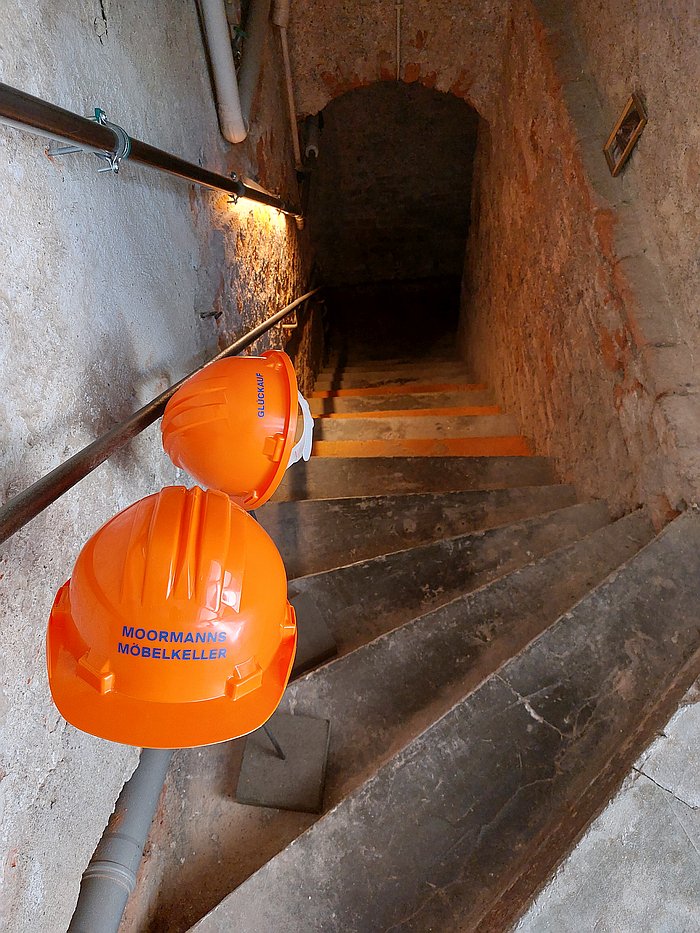
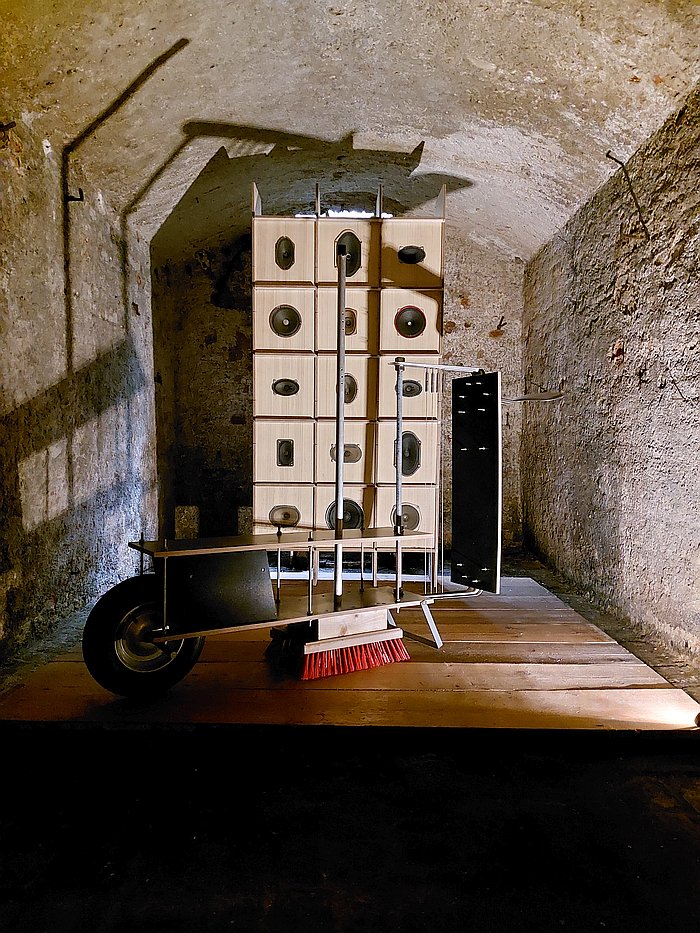
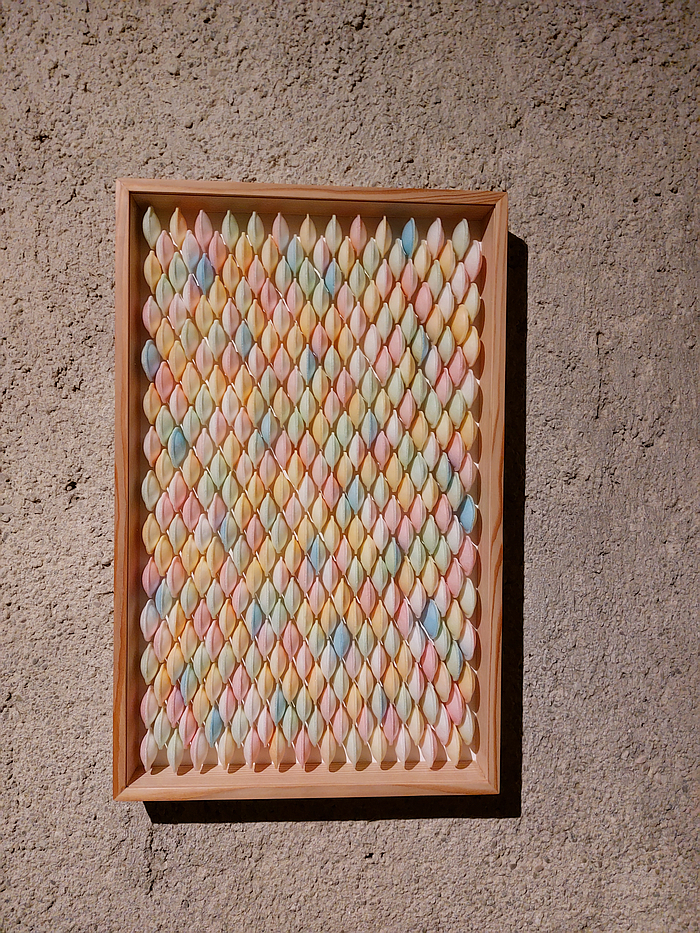
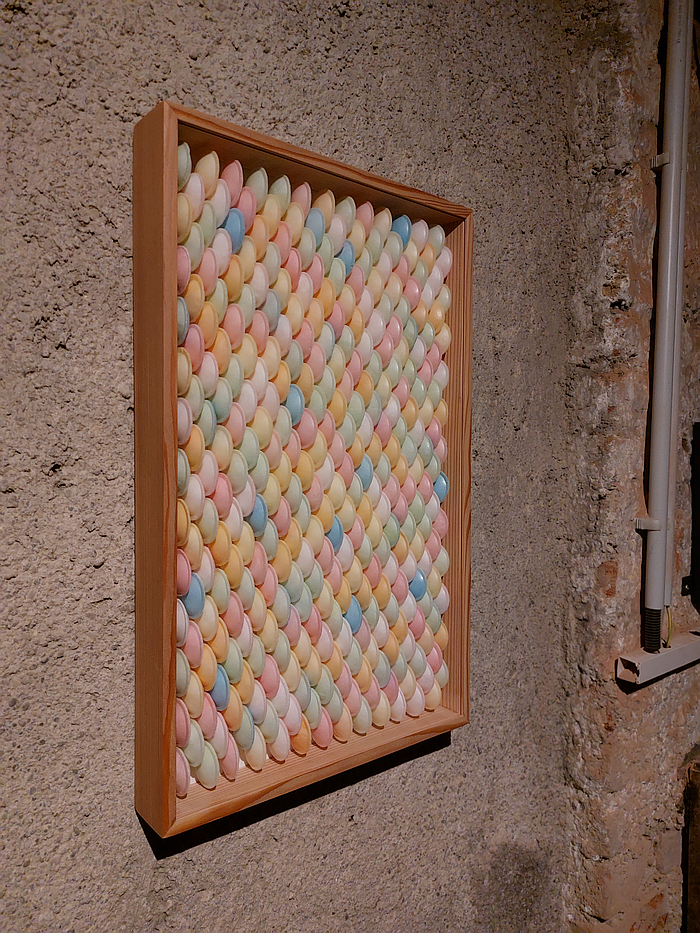

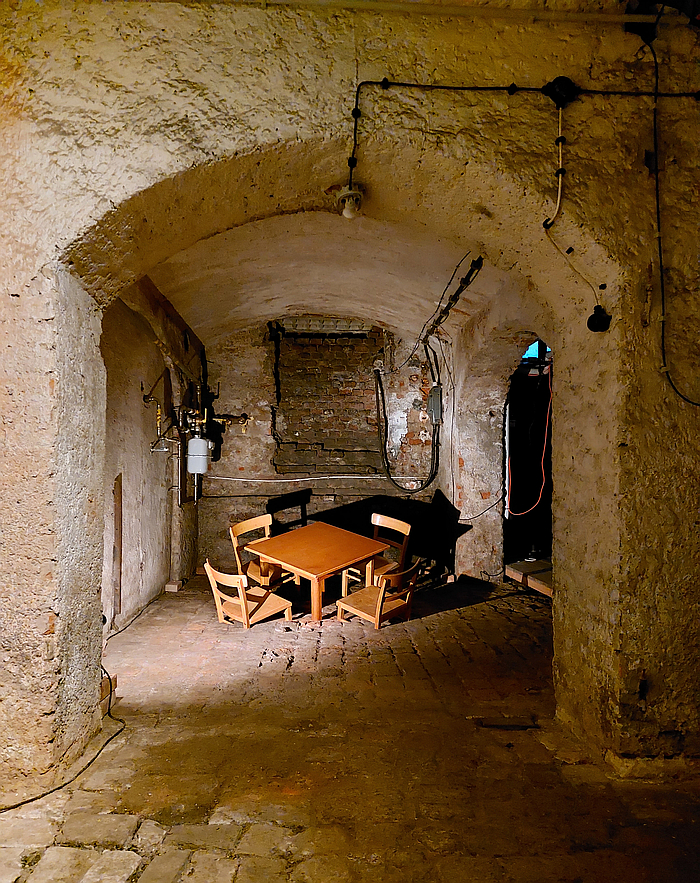
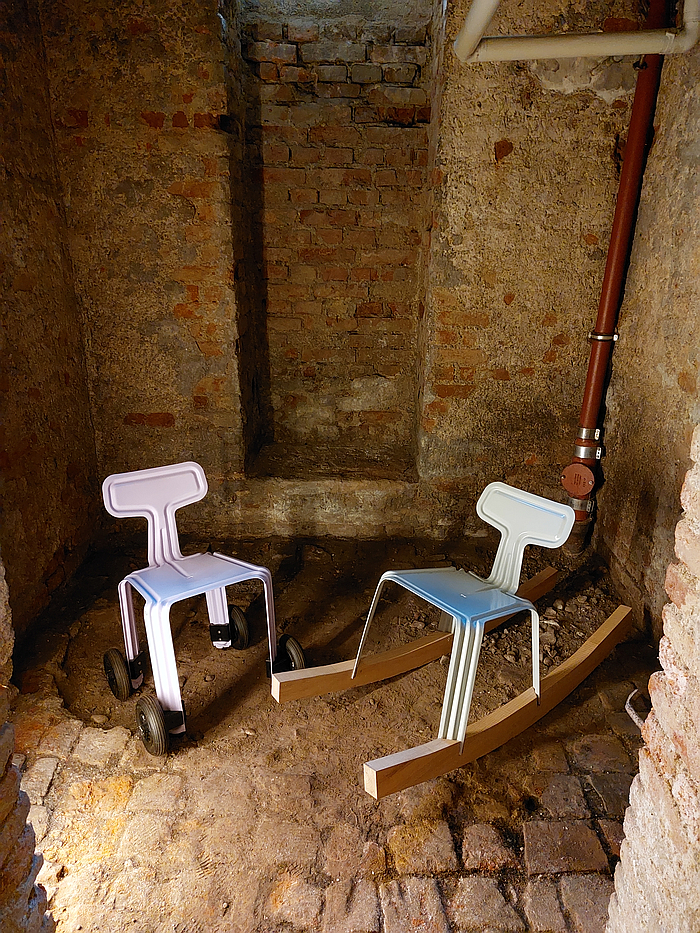
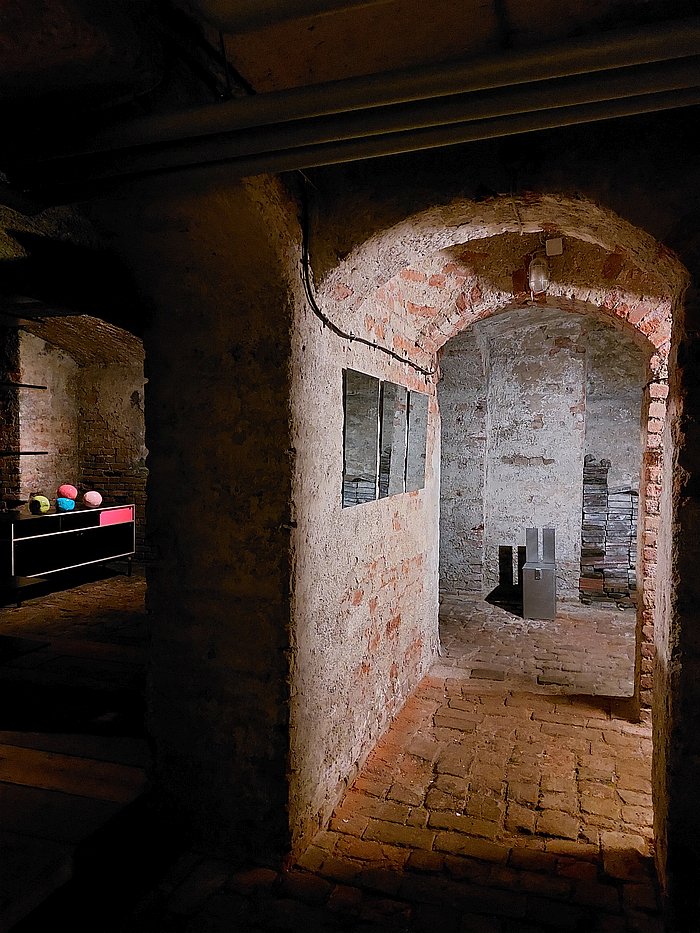
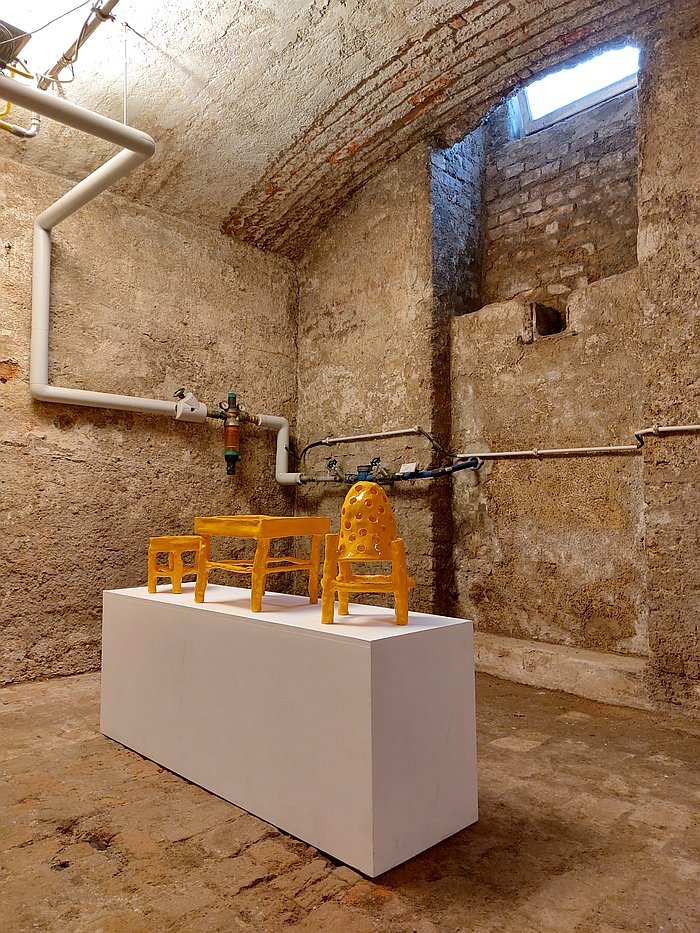

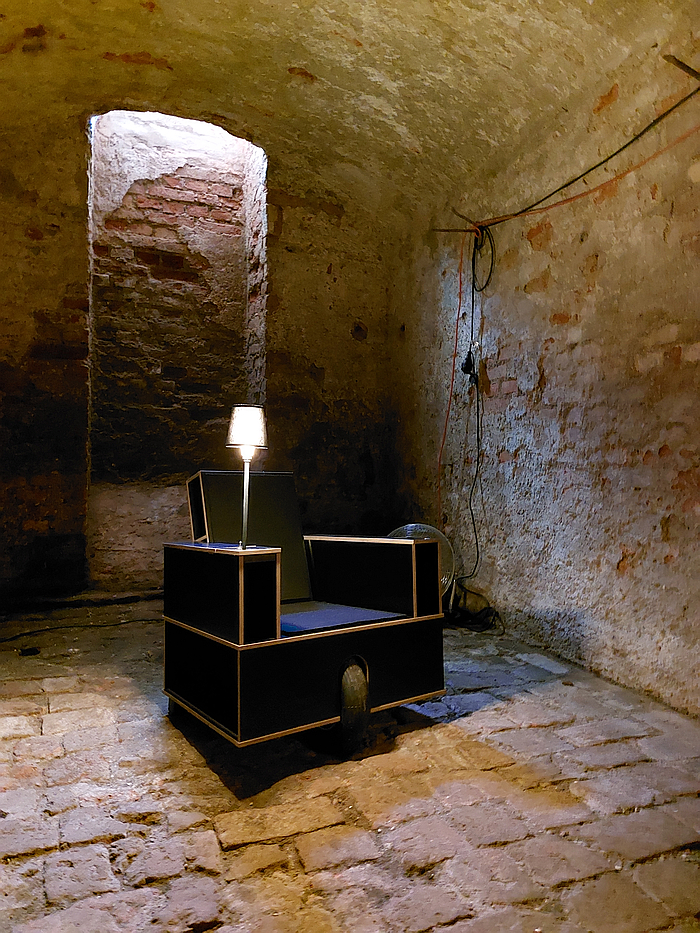
1Clauss Dietel, Funktionalismus enstand und lebt nur mit Kunst, Form+Zweck, Vol. 14, Nr. 6 1982, page 33-35
2see Louis H. Sullivan, Emotional Architecture as Compared with Intellectual, lecture October 1894, reprinted in Louis H. Sullivan, Kindergarten Chats and Other Writing, Dover Publications, New York, 1979, page 191 - 201
3Alessandro Mendini, Alchimia Manifesto, 1985. Available online at https://atelieralchimia.com/alchimia/